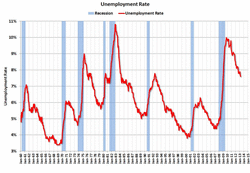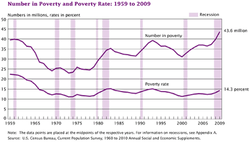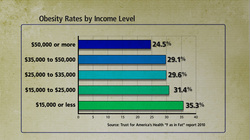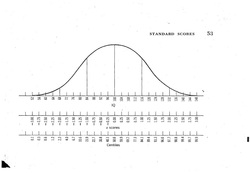

Poverty levels are determined by the Department of Health and Human services and are as follows:
–Persons in family Poverty guideline
•1 $11,490
• 2 15,510
• 3 19,530
• 4 23,550
• 5 27,570
• 6 31,590
• 7 35,610
• 8 39,630
The obvious question is how can a family of four live on $23,550 per year. Obviously not in luxury and obviously the cost of living differs from one geographical location to another. However, let's not forget the 58 million people who receive government assistance in the form of medicaid payments from both the various states and federal government. Many of you are probably asking yourself what people in poverty are going without? According to the Heritage foundation, not that much. The following statistics were compiled by the Heritage Foundation based on the 2009 census:
•42 percent of poor households actually owning their own homes
•80 percent of poor households have air conditioning
•75% have a car or truck, and 31 percent have two or more cars or trucks
•65% have cable or satellite television
•66% have at least one DVD player and 70 percent have a VCR
•50% have a personal computer, and one in seven have two or more computers
•More than half of poor families with children have a video game system, such as an Xbox or PlayStation
•43 % have Internet access
•33% have a wide-screen plasma or LCD television
•25% have a digital video recorder system, such as a TiVo
•96 percent of poor parents stated that their children were never hungry at any time during the year because they could not afford food
•83 percent of poor families reported having enough food to eat, and over the course of a year, only 4 percent of poor persons become temporarily homeless


Addendum: In a recent class, after I presented the Heritage's foundation statistics on poverty, I asked two of my students from eastern Europe what this would equate to in their countries. Their response was that those ownership statistics would be equivalent to someone who would be considered middle to upper middle class.
 RSS Feed
RSS Feed
